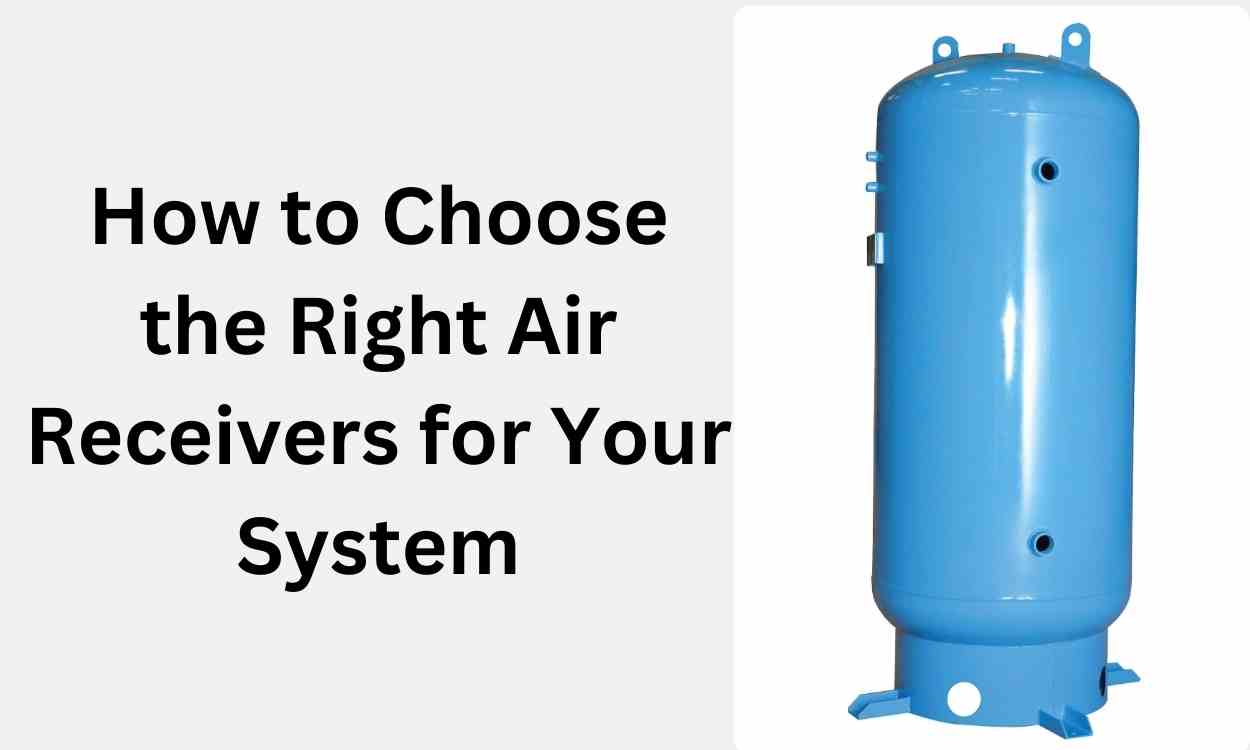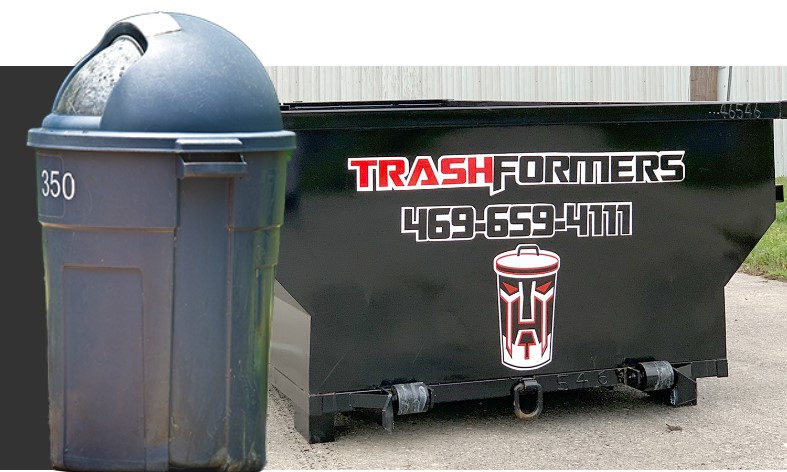If you use a compressed air system for work or personal projects, you know that maintaining steady and reliable airflow is essential. One important part of any compressed air system is the air receiver. Air receivers are storage tanks that hold compressed air and help ensure that your system operates efficiently. Choosing the right air receivers can make a big difference in the performance and longevity of your entire system. In this guide, we’ll break down everything you need to know to choose the best air receivers for your needs.
NOTE : If you’re looking to boost the efficiency and performance of your air system, it’s time to upgrade to high-quality air receivers. Assess your system’s needs, consider the tips provided, and make an informed choice. Reliable air receivers are an investment that can save you time, money, and headaches. Start exploring your options today!
Why Are Air Receivers Important?
Air receivers play a crucial role in compressed air systems. They provide a buffer between the air compressor and the tools or equipment that use the compressed air. Here are some key reasons why air receivers are so important:
- Storing Compressed Air: Air receivers act as a reservoir, storing compressed air so that it’s readily available when needed.
- Reducing Pressure Fluctuations: By providing a buffer, air receivers help minimize pressure drops and fluctuations, which can disrupt operations.
- Improving System Efficiency: With an air receiver, the air compressor doesn’t need to run constantly. This helps reduce wear and tear on the compressor, saving energy and extending its lifespan.
- Allowing Moisture Removal: Air receivers give moisture and condensation a chance to settle, helping keep your compressed air dry and your tools working properly.
Types of Air Receivers
When choosing an air receiver, you need to understand the different types available and how each type benefits your system.
1. Wet Air Receivers
Wet air receivers are installed directly after the air compressor and before any air dryers or filters. They handle air that is warm and saturated with moisture.
- Moisture Control: A wet air receiver allows moisture to cool and condense, making it easier to remove. This helps prevent water buildup in your system.
- Initial Air Storage: Wet air receivers provide the first stage of storage for compressed air, allowing the system to handle pressure fluctuations.
Best Use: Wet air receivers are ideal for systems where moisture control is a priority and are typically placed as the first storage point in the setup.
2. Dry Air Receivers
Dry air receivers are positioned after the air has been filtered and dried. This means the air they store is clean and dry, ready for use.
- Ensuring Steady Supply: Dry air receivers hold clean, dry air, which helps ensure that your equipment receives air that won’t cause rust or contamination.
- Backup Storage: They act as a backup reservoir for situations where a steady supply of air is needed for longer periods.
Best Use: Dry air receivers are best for applications where consistent, moisture-free air is necessary, such as in precision tools and spray painting.
Key Factors to Consider When Choosing Air Receivers
Choosing the right air receiver involves more than just picking one that fits your budget. There are several important factors to consider to ensure your air receiver meets your needs and works well with your system.
1. Air Receiver Size and Capacity
One of the most important factors to consider is the size of the air receiver. If the air receiver is too small, it may not be able to provide enough air during peak use. If it’s too large, you may be wasting space and money. Here’s how to choose the right size:
- Rule of Thumb: A common guideline is to choose an air receiver that holds at least 1 gallon of capacity per cubic foot per minute (CFM) of air compressor output. For example, if your air compressor outputs 10 CFM, you should look for an air receiver with at least a 10-gallon capacity.
- System Requirements: Consider the nature of your work. Do you need short bursts of air or a steady supply over a long time? Larger air receivers can handle higher air demands and help reduce the frequency of compressor cycles.
Tip: If you’re not sure what size you need, consult an air system professional for guidance.
2. Pressure Rating
The pressure rating of your air receiver should match the pressure output of your air compressor. Pressure ratings are measured in pounds per square inch (PSI).
- Operating Pressure: Ensure the air receiver can handle the maximum PSI that your air compressor produces. It’s always better to choose an air receiver with a pressure rating slightly higher than what you require to account for pressure spikes.
Example: If your air compressor runs at 120 PSI, an air receiver with a rating of 150 PSI will provide a safe margin.
3. Material and Build Quality
Air receivers are usually made from steel, but the type of steel and the quality of construction can vary.
- Corrosion Resistance: If your air receiver will be exposed to moisture, look for tanks with corrosion-resistant coatings or stainless-steel construction to prevent rust and prolong the lifespan.
- Weld Quality: Ensure the air receiver has high-quality welds to prevent leaks or structural weaknesses.
4. Vertical vs. Horizontal Air Receivers
Air receivers come in both vertical and horizontal designs, and the layout of your workspace will influence which type to choose.
- Vertical Air Receivers: These are space-saving and fit well in workshops with limited floor space. They are also easier to drain, as gravity assists in removing condensation.
- Horizontal Air Receivers: These are ideal for larger spaces and are often used when stability is a concern or when the receiver needs to be installed on a platform.
Conclusion: Choose the type that best fits your space and installation requirements.
5. Safety Features
Safety is important when choosing an air receiver. Make sure your air receiver has:
- Pressure Relief Valves: These valves prevent the tank from being over-pressurized, reducing the risk of explosions or damage.
- Drain Valves: Condensation can build up inside the air receiver, so it’s crucial to have a drain valve to remove moisture.
- Certifications: Ensure your air receiver meets industry standards such as ASME (American Society of Mechanical Engineers) certifications. This guarantees the tank has been built and tested to meet safety requirements.
Benefits of Choosing the Right Air Receivers
Selecting the right air receiver can improve your system’s performance and reduce the frequency of maintenance. Here’s how choosing the right air receiver can benefit your setup:
- Reduced Compressor Wear: A well-sized air receiver reduces the number of times the air compressor cycles on and off, which extends the compressor’s life.
- Improved Energy Efficiency: Storing compressed air helps maintain a steady supply, reducing energy usage by preventing the compressor from working harder than necessary.
- Consistent Air Pressure: Air receivers help keep pressure consistent, which is vital for tasks requiring precision and reliability.
Common Mistakes to Avoid
When choosing an air receiver, it’s easy to make mistakes that could lead to reduced efficiency or higher costs.
- Choosing Based on Price Alone: While budget is important, selecting the cheapest option may lead to problems like inadequate capacity or poor quality.
- Ignoring Maintenance Needs: Don’t forget that air receivers need regular checks and draining to function properly. Choosing a tank with easy-to-use drain valves will simplify maintenance.
- Skipping Consultation: If you’re not sure about the right size or type, consulting with an expert can save you from costly errors.
How to Maintain Your Air Receivers
To keep your air receiver working efficiently for a long time, follow these maintenance tips:
- Drain Regularly: Empty the condensation regularly to prevent rust and improve air quality.
- Inspect for Leaks: Periodically check the tank and fittings for any signs of leaks or damage.
- Schedule Professional Inspections: Have a certified technician inspect your air receiver annually to ensure it meets safety standards and operates efficiently.
Conclusion
Choosing the right air receivers for your system is essential for ensuring that your compressed air setup works efficiently and lasts longer. By paying attention to size, pressure ratings, material, and safety features, you can find the perfect air receiver to match your needs. Whether you’re running a workshop, an industrial facility, or working on home projects, investing in a reliable air receiver will make your work smoother and more productive.
For more insightful articles related to this topic, feel free to visit webtravelworld




